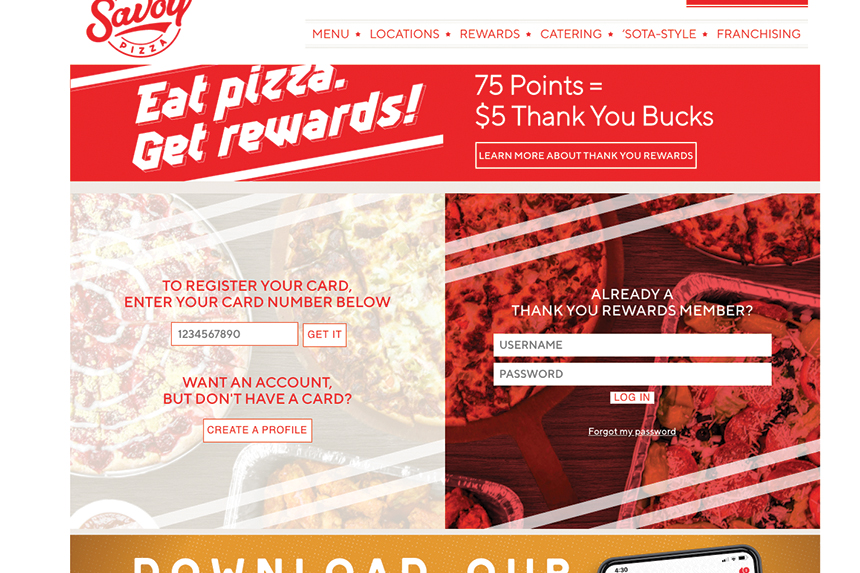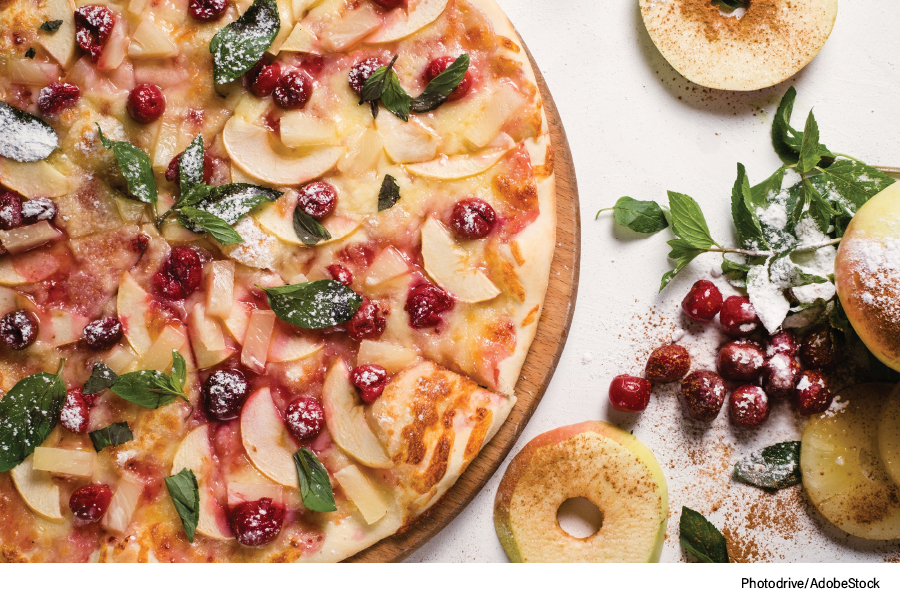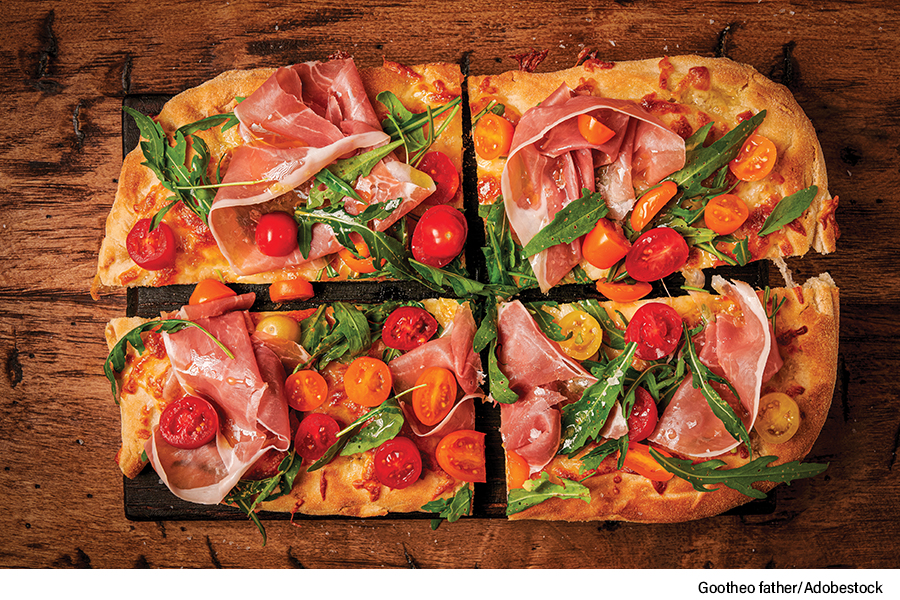The Fan Club with Loyalty Programs
The concept of loyalty programs dates to the 18th century. In recent times, however, there has been an increased interest among restaurants to offer this type of customer-attracting-and-retaining method. Today, a plethora of big brands ranging from Chick-fil-A to Papa John’s tout rewards programs.
The trend can make it tough to find a niche. It’s no surprise, then, that places are looking for new twists on an old technique. Panera Breads offers customers a subscription to unlimited coffee for just $8.99 a month. Throw technology solutions into the mix, and operators are faced with a mountain of choices.
Despite the influx of loyalty programs, creating and maintaining one still holds the potential for long-term benefits. “Developing and curating an in-depth loyalty program allows a restauranteur to understand their guest segmentation and the entire journey a guest takes when interacting with their brand, both in the four walls and outside,” says Stephen Lee, director of strategic partnerships for PAR Technology, a restaurant technology company based in New Hartford, New York. It also helps establish a one-to-one relationship with guests. Creating potentially lifelong customers that send in regular orders is perhaps the ultimate perk.
The key to making these programs work lies in understanding what consumers are looking for, and then setting up a uniquely designed program that’s in tune with your specialty and brand.
Recognizing the playing field.
“Today, customer loyalty solutions are about so much more than making sure guests can earn and redeem rewards for their dining experience,” Lee says. At the same time, diners are expecting more than just points or coupons when they order food. “Today’s guests are savvy and looking for more personal experiences,” Lee says. “Offering a discount on a pepperoni pizza to all of your guests, regardless of their dietary preferences, is a thing of the past.” This sort of ‘spray and pray’ model is more likely to turn guests away, rather than bring them back for more.
Getting more personal. Red’s Savoy Pizza, a growing pizza chain in Minnesota with 16 locations, offers guests the chance to sign up for its Thank You Rewards program. Diners receive Thank You Points for each dollar spent on qualifying food and drink. After collecting 75 Thank You Points, they receive a $5.00 Thank You Bucks reward. This amount is credited to the customer’s Thank You Card and can be redeemed for more pizza or other qualifying menu items.
Members of the loyalty program also can receive a 10-inch, one topping pizza on their birthday. “It helps to recognize the person,” says Reed Daniels, CEO of Red’s Savoy. Some customers may come in solo for their birthday pizza, while others will bring family members and others who will pay for their meals. The arrangement creates a perceived value for diners, and also creates a balance from a financial standpoint for the restaurant.
Building in more aspects of personalization has been central to the loyalty program.
“We want to care about that other person, and part of caring is knowing what they like and don’t like,” Daniels says. This is the approach taken as data is gathered from customers. For instance, when considering offering a promotion related to chicken wings through the loyalty program, the option isn’t necessarily pushed on every customer. “If we know someone is a vegetarian, let’s not offer them chicken wings,” Daniels says.
Using technology to build programs. “In 2021, a lot has to be omni channel,” Daniels says. This includes loyalty programs, which can easily get overlooked if they are only showcased on your website or a single sign within the place. “Guests can see our loyalty program when they walk into a store, order online and use our app,” Daniels says. Other places where sign-up information can be included: on pizza boxes and at the bottom of receipts. “It has to be top of mind,” Daniels says.
Providing specific details about what to expect will be appreciated by today’s diners. “Most programs are free to join, but clearly stating the benefits can persuade an ambivalent potential member,” says Darren Easton, vice president and creative director at The Cyphers Agency, who has helped develop and promote loyalty programs for pizza restaurants. Feature the perks and provide a way for customers to reach out and ask questions, such as a telephone number or chat box.
Continue with the clarity theme for the registration process. When it comes to signing up for the loyalty program, “The simpler, the better,” Easton says. Staff members can ask diners if they’d like to sign up and help gather their information. For online registration, make a clear call to action, such as “Click here to sign up.” Once the customer clicks, the sign-up page should be streamlined and request only basic information, like e-mail address and phone number. “Explain the straight-forward nature of the sign-up process in your social media posts to reassure your audience that it’s a quick and easy click through,” Easton says.
In addition to making the loyalty program easy to find and sign up for, it’s equally as important to have a system to track the client’s journey.
“Every time someone calls in, we can see if the guest is in the reward program,” Daniels says. “If they are not, they can be asked if they want to be in it.”
Find new ways to delight. “Your customers want to feel like they’re part of something special—something exclusive,” Easton says. “Although you want to clearly state the perks of the loyalty program in the social media content, it’s important to leave a bit of mystery that ignites some curiosity.” You might offer a surprise bonus that will be revealed after the customer signs up, such as a free order of mozzarella sticks or complimentary dessert with a meal. You can send out monthly benefits that are valid only for loyalty program members.
As you build and maintain your loyalty program, keep the diner front and center. As Easton says, “Loyal customers are the lifeblood of successful restaurants, and those customers should be rewarded.”
Rachel Hartman is a freelance writer who covers small business, finance and lifestyle topics.









